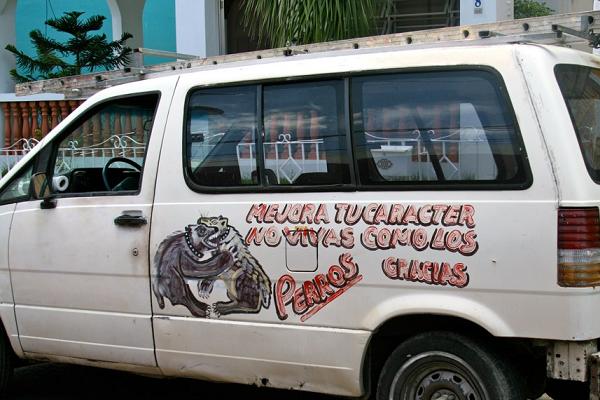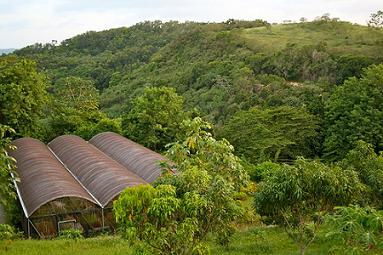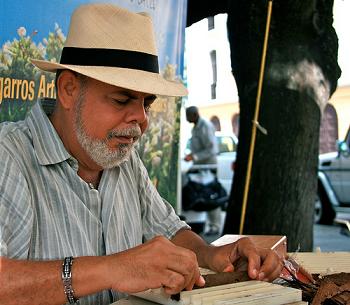“Better your character. Don’t live like dogs. Thanks.” All photos by Francisco Collazo.
While living in Puerto Rico from 2005 to 2007, I frequently despaired about the state of the island.
At one point during my time here, Puerto Rico was ranked the fifth most violent nation (per capita) in the world. Despite its enormous potential to become the next Costa Rica in terms of ecotourism, the island was suffering from profound environmental problems, including limited recycling programs, an underdeveloped public transportation infrastructure and over reliance on cars, and rapidly shrinking space for landfills.



